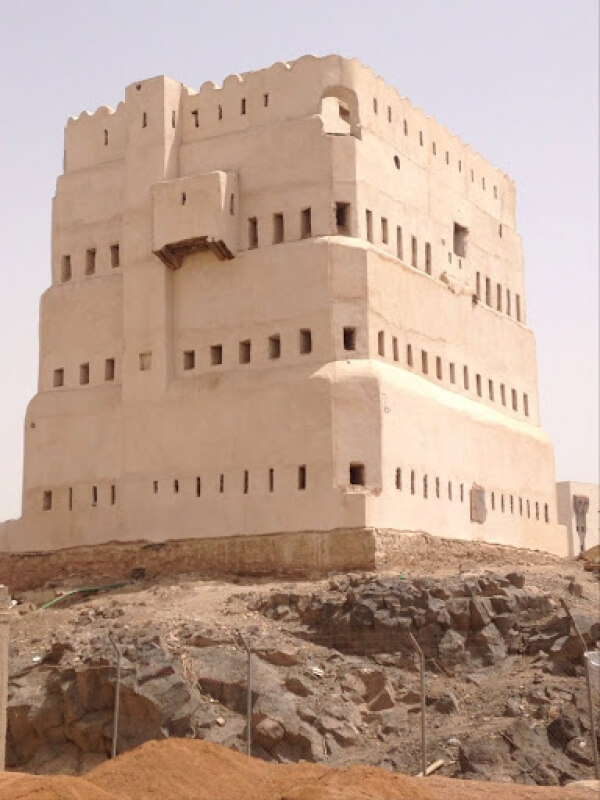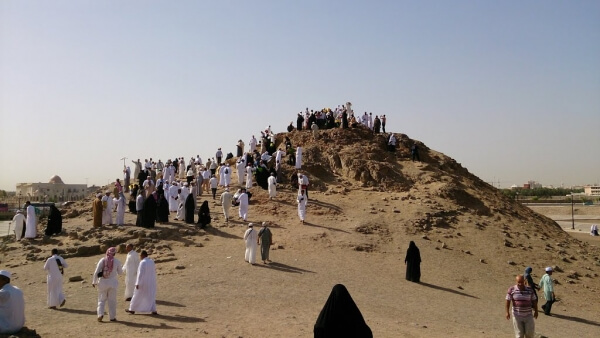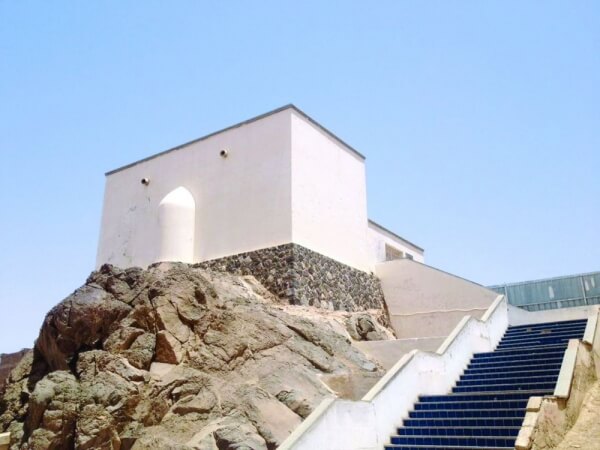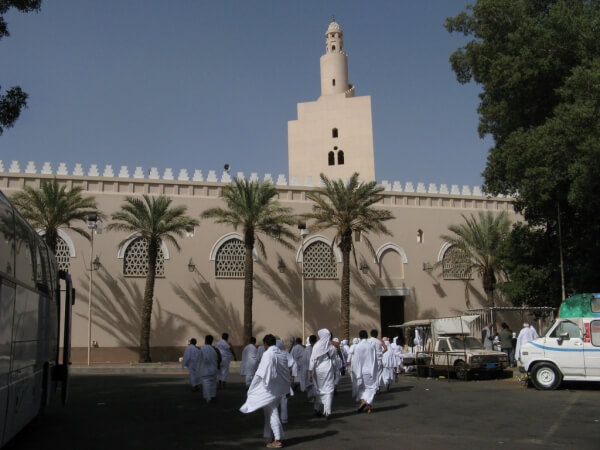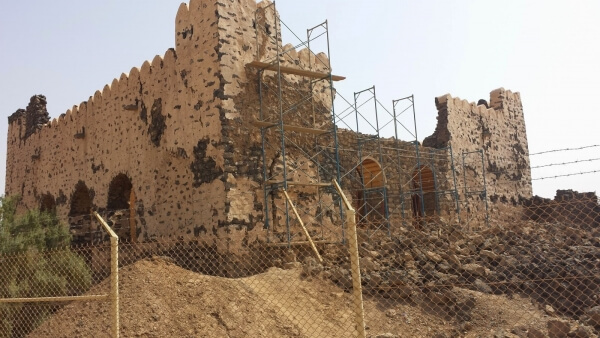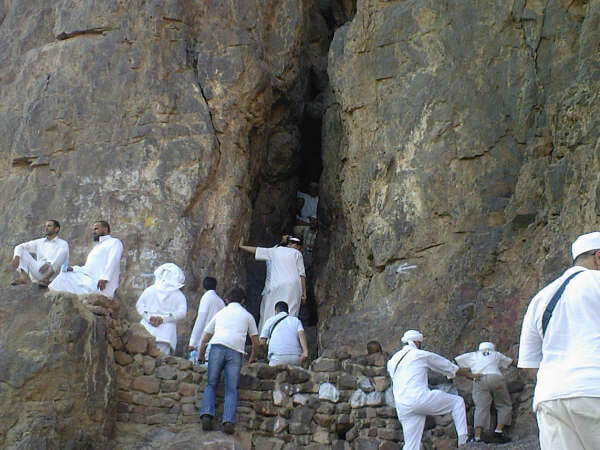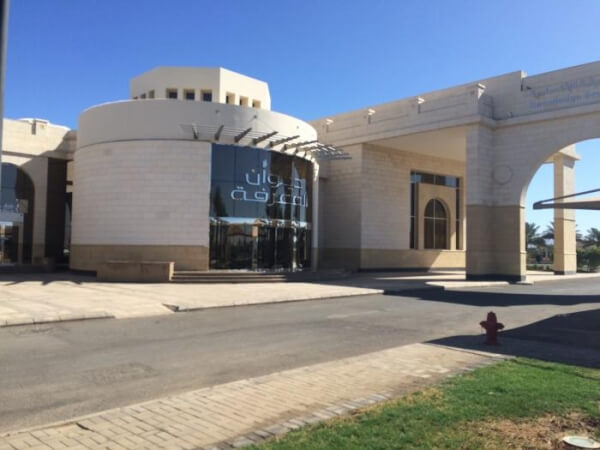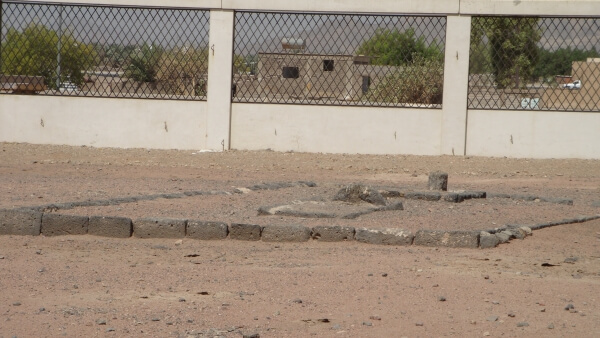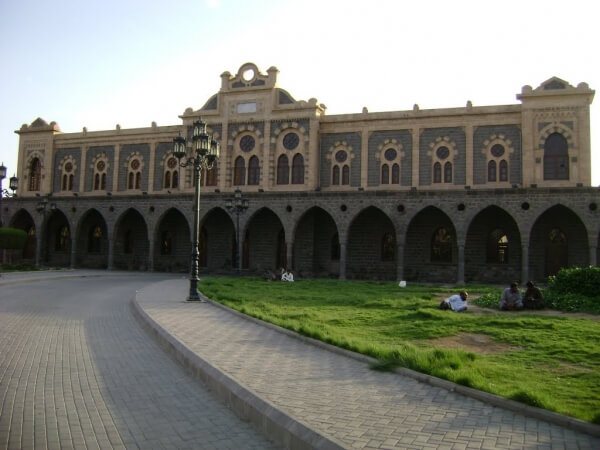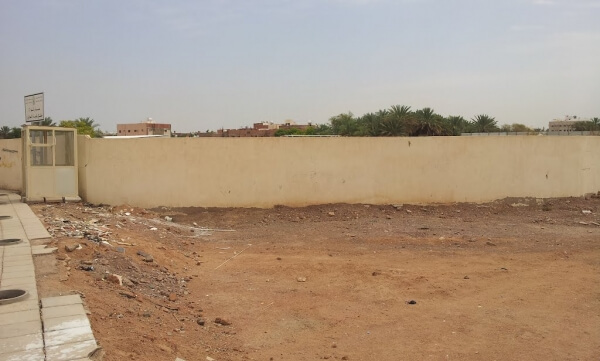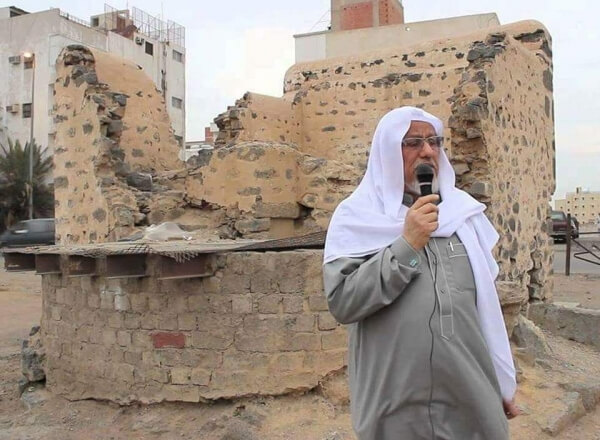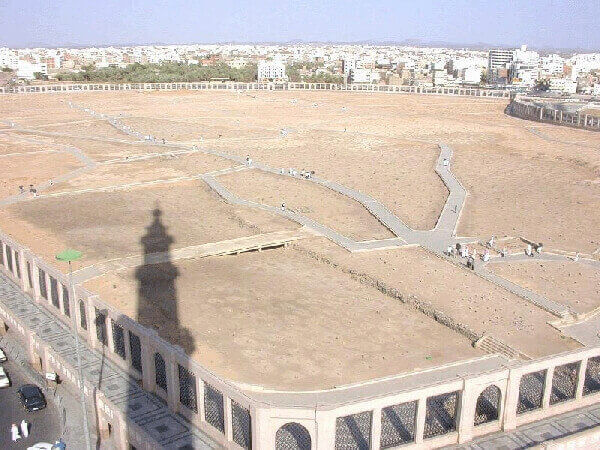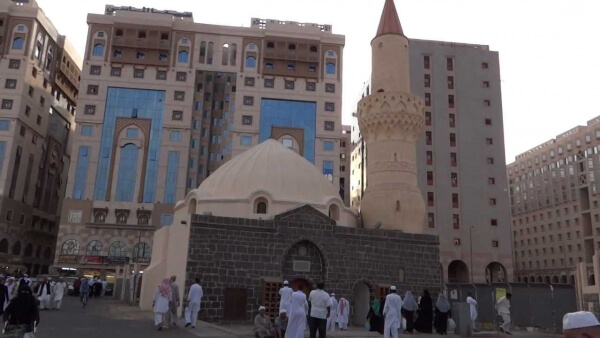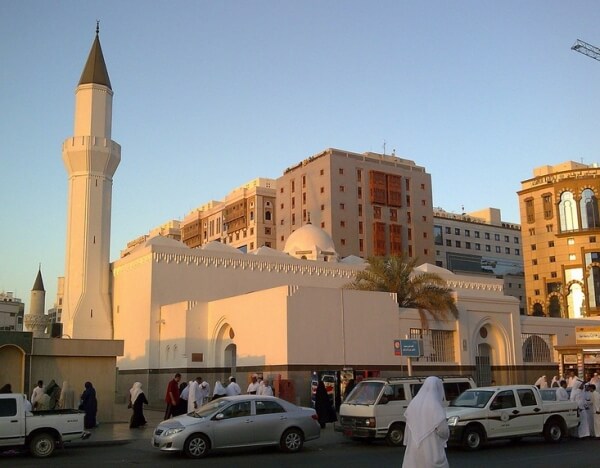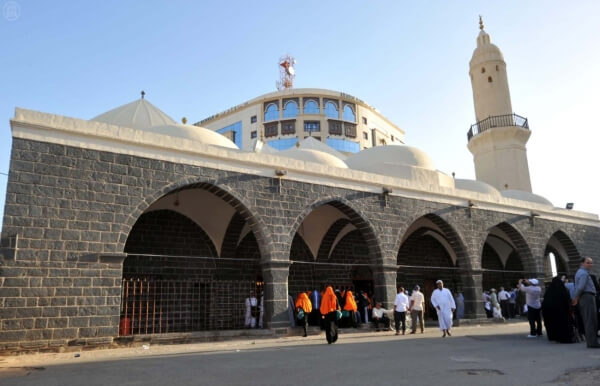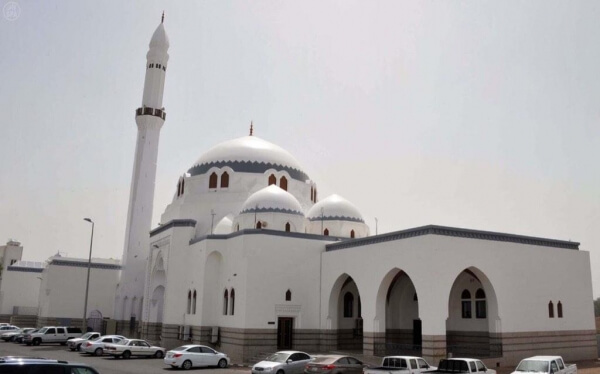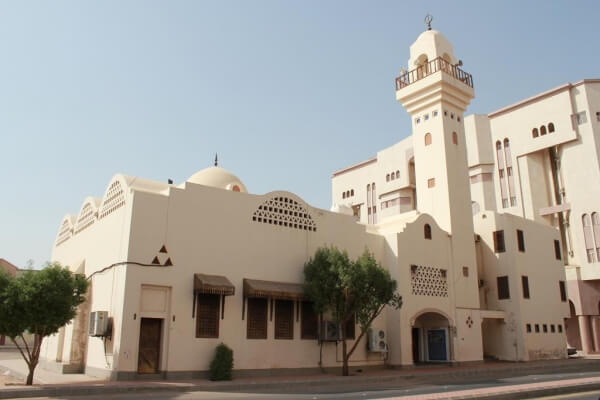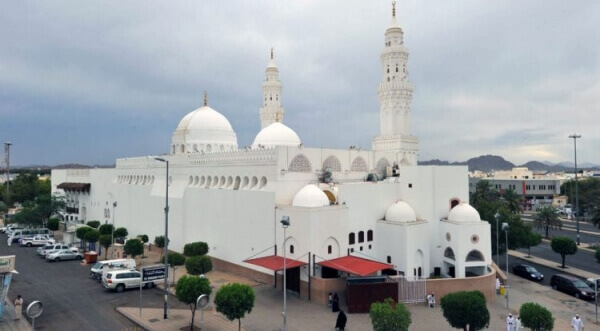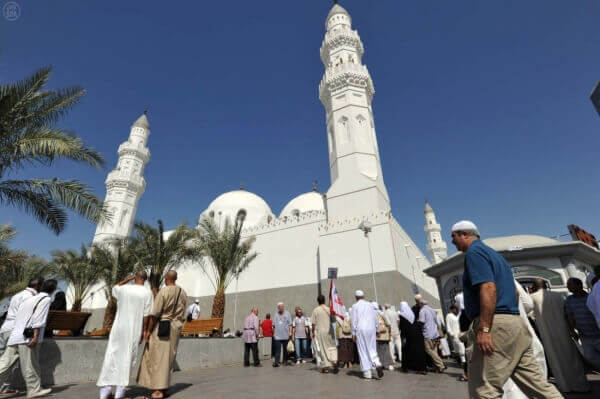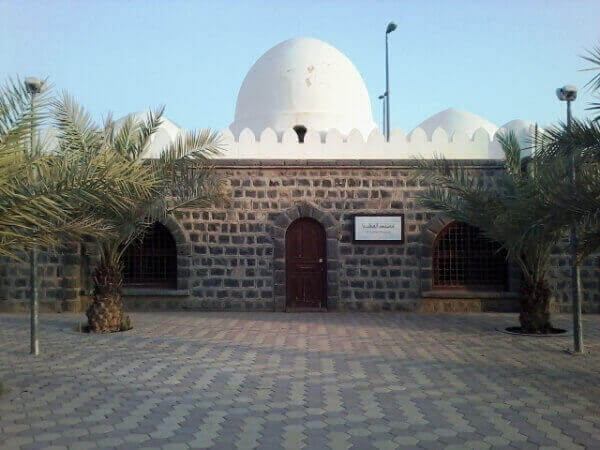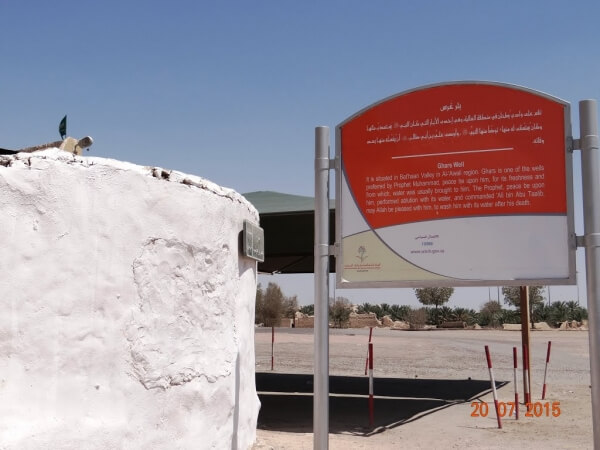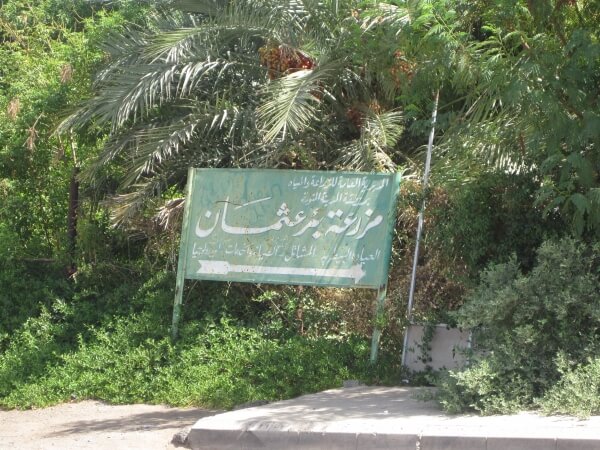Ziyarat / Places to Visit in Madina
Abu Dawood reported in his Sunan that the Prophet (SAS) came to Thabit Ibn Qais who was sick and recited the dua upon him, ’O Lord of Mankind, take away the harm from Thabit Ibn Qais’. Then he (the Prophet) took some earth from Buthaan (a place in Medina) and then put it in a container and put water in it. After, doing this, he then splashed the water on Thabit’. (Abu Dawood)
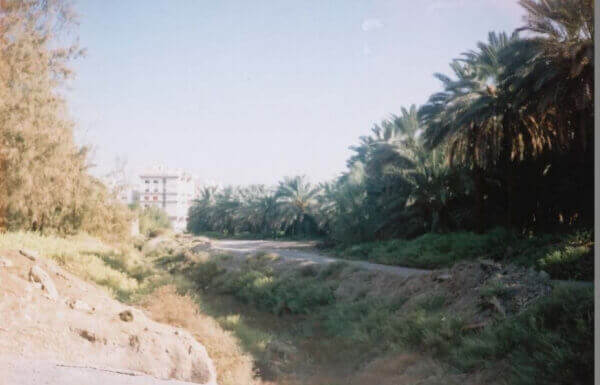
This fort is in the region where the Banu Qaynuqa lived who were one of three main Jewish tribes living in Madinah at the time when the Prophet (peace and blessings of Allah be on him) emigrated there. They were the first of the Jewish tribes to break the peace treaty with the Muslims and were expelled from Madinah in the middle of Shawwal, 2AH.
